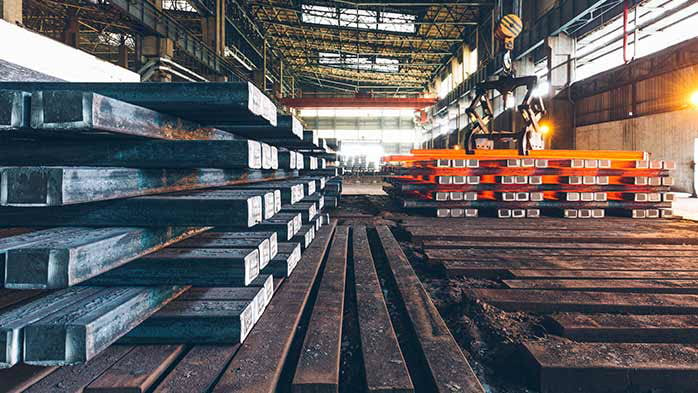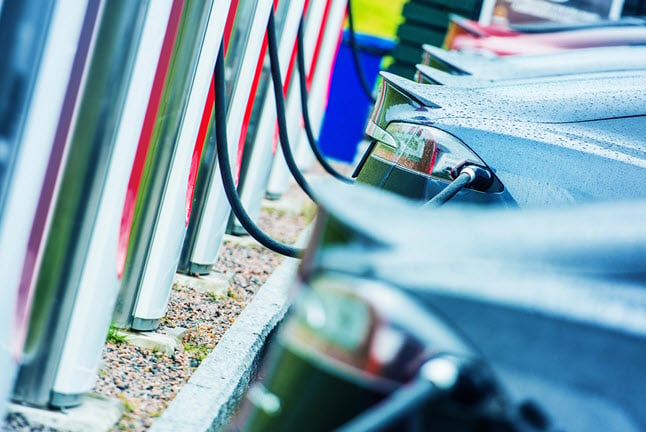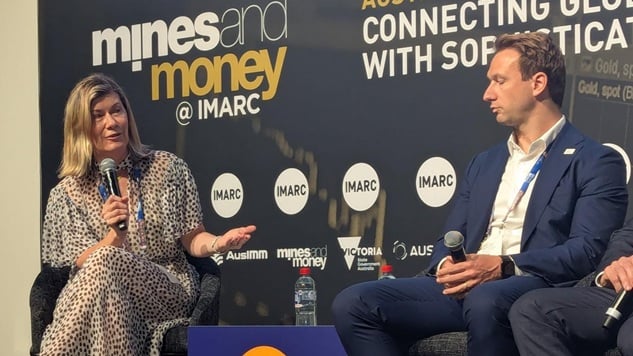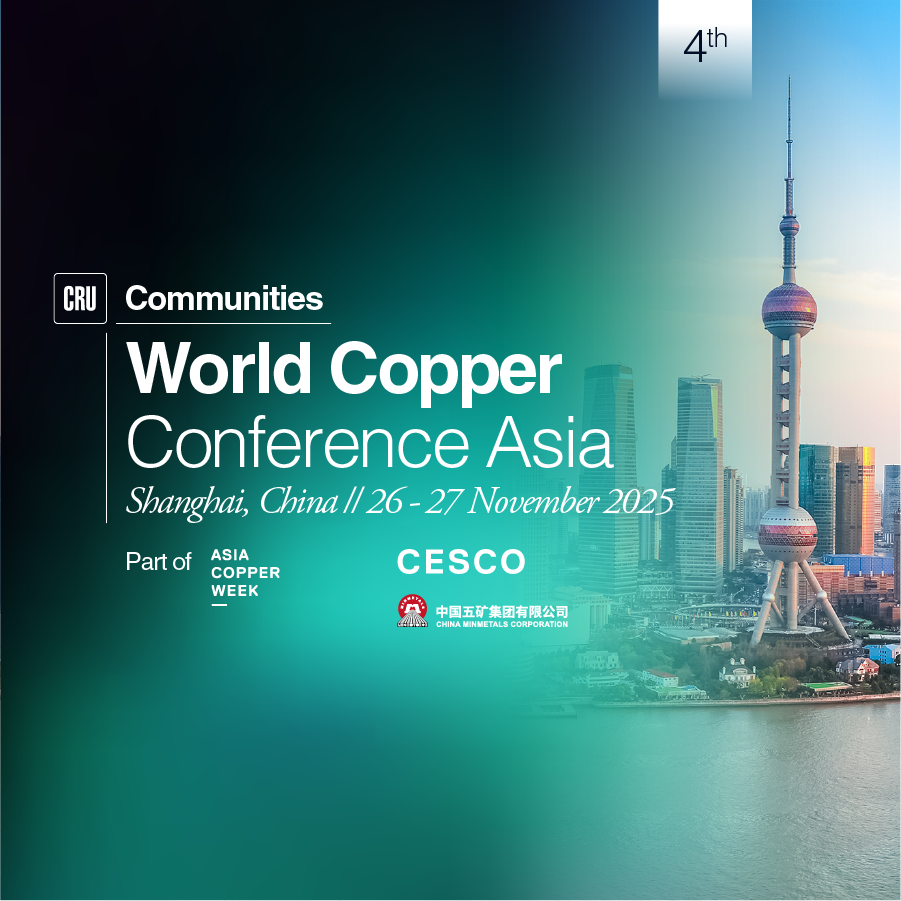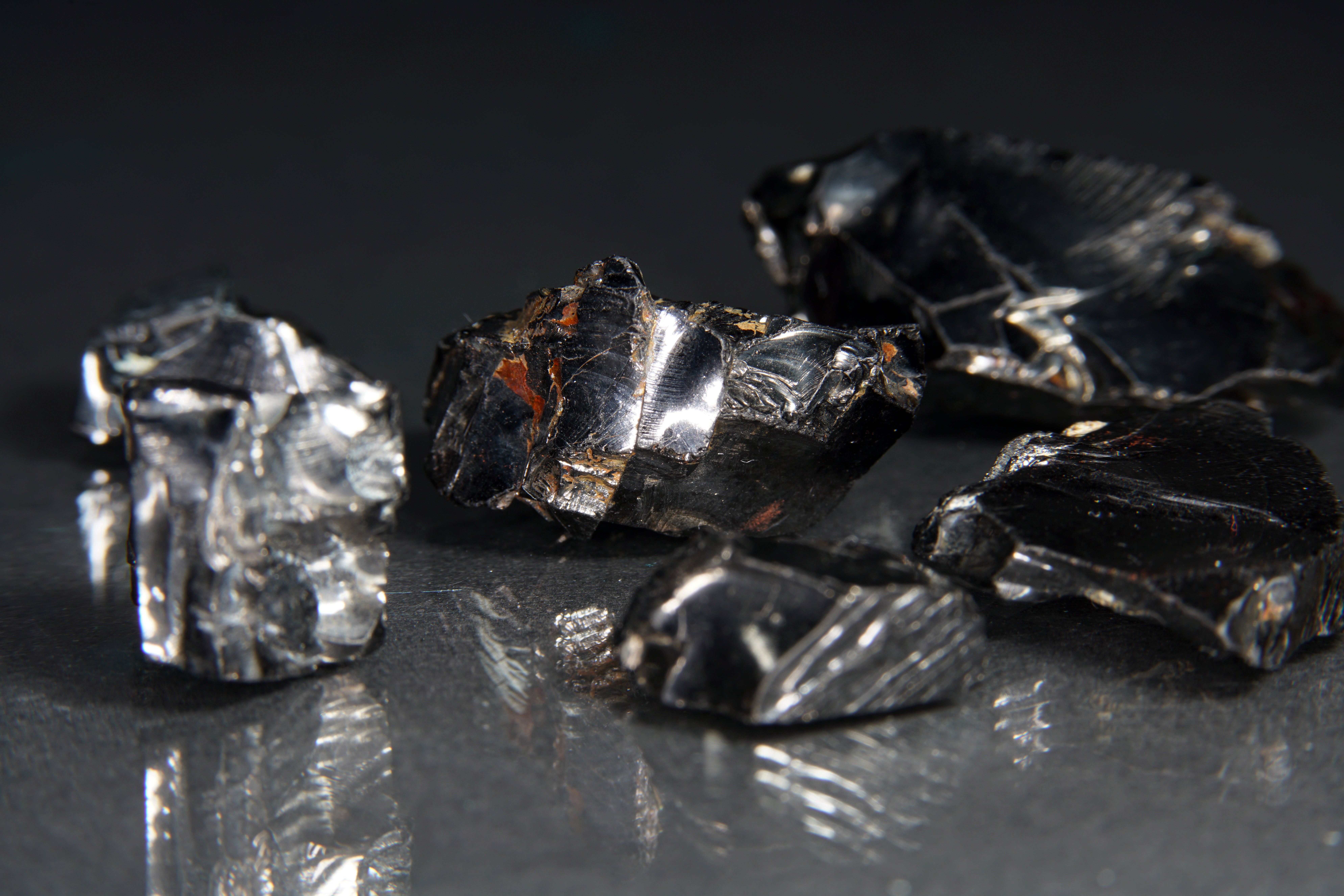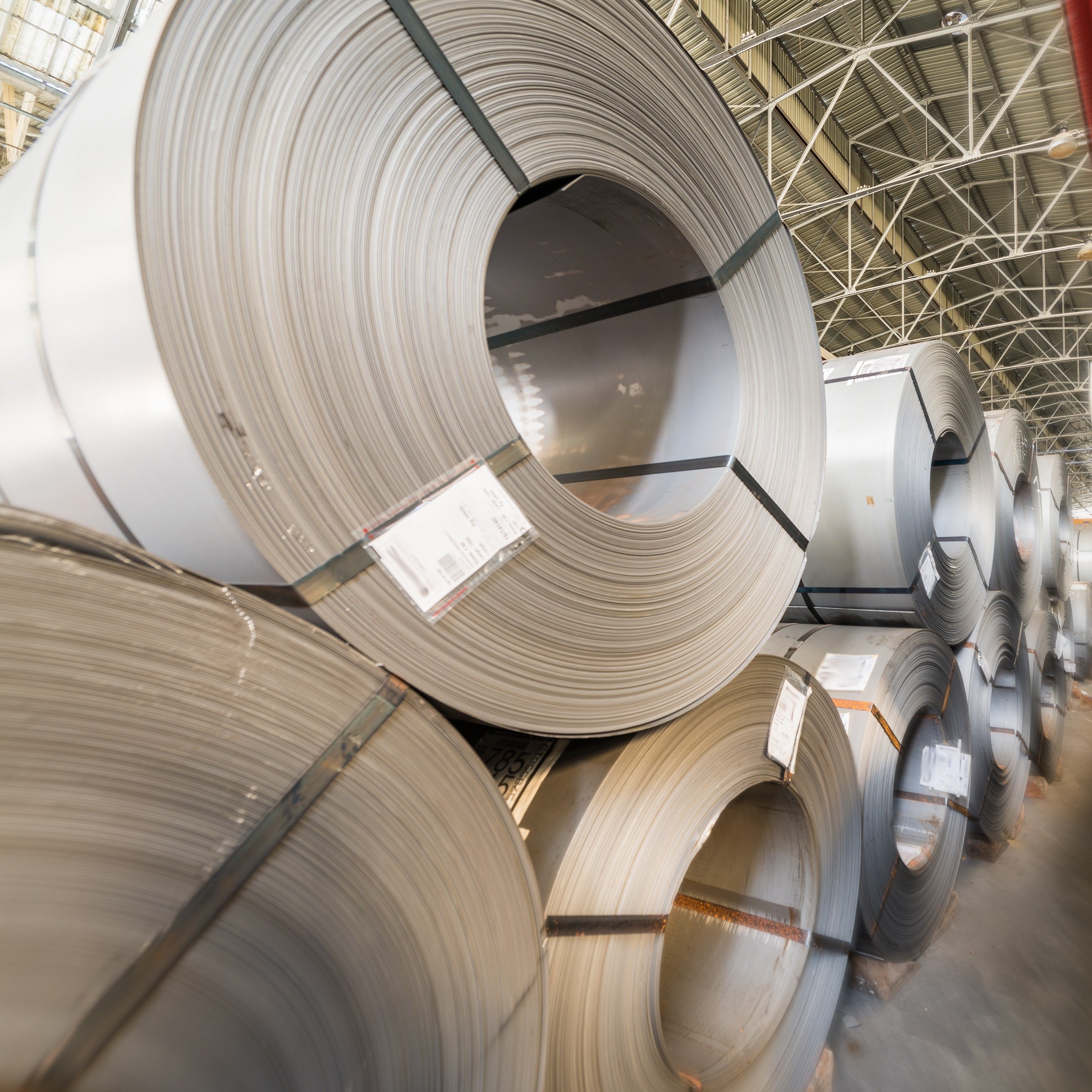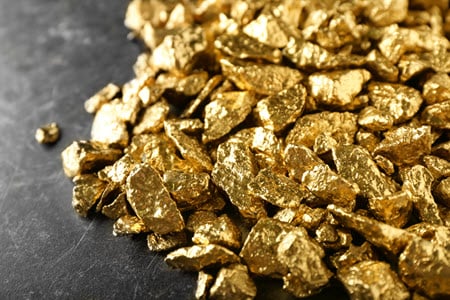New mining policy has brought volatility back to an oversupplied domestic lithium market. CATL’s Jianxiawo is most at risk with its permit expiring soon, but there may be others as the Chinese government seeks to revamp a sector that has developed so rapidly.
Crackdown on mine permitting
Lithium prices in China have been surging as a response to multiple developments concerning domestic lithium production. Despite an oversupplied lithium market, the Guangzhou Futures Exchange’s (GFE) lithium carbonate price jumped to RMB79,120 /t on 25 June, up 29% m/m. The specific events are:
- The Yichun Municipal Natural Resources Bureau launched a specialised review of local lithium lepidolite operations on 7 July, in accordance with the National Audit Office's directives. Eight lepidolite mines, responsible for 160 kt LCE of production this year, have been asked to clarify their primary production and submit resource, reserve and grade assessments by 30 September 2025.
- Zangge Mining’s Qarhan I was ordered to halt its 10 kt/y Li carbonate production capacity by the local administration on 17 July. The company must now complete an application for lithium extraction, and only after all mining permits are fully compliant, may it apply to the Haixi Prefecture Salt Lake Administration for resumption of production.
- Jiangte Motor announced it will curtail its 30 kt/y Yichun Yinli lithium carbonate refinery for one month. Another leading lepidolite refiner has also reportedly suspended chemical shipments for three months.
The GFE has since implemented a single day position limit of 500 lots on the forward-month contract, and 2000 lots on all other contracts through to January 2026 for non-members, aimed at curbing excessive speculation. Lithium carbonate futures have since seen a sharp correction, dropping 14% from 25 July to the end of July.
Why is it happening now?
The increased government scrutiny of lithium miners and processors has come after a significant tightening of China’s Mineral Resources Law, which took effect on 1 July. While lithium has been defined as a strategical mineral since 2016, changes now stipulate that all registrations and approvals fall under the exclusive authority of the Ministry of Natural Resources. Local authorities may only grant licenses when specifically authorised by the Ministry of Natural Resources.
The measures aim to foster high-quality development of the mining sector and ensure long-term mineral resource security by:
- Promoting the rational exploitation and utilisation of natural resources in China
- Enhancing ecological and environmental protection
- Safeguarding national ownership rights and legitimate interests of mining operators
At present, only a single mine in Jiangxi has national approval to extract lithium, and it is currently idled. The eight Yichun lepidolite mines in question have been operating under a loophole in Chinese law that allows permits for industrial mineral extraction to be granted by local governments, in this case, for kaolinite. As long as stated ore grades are under 0.4% Li2O, they have previously not been required to register as lithium mines. This allowed companies to leverage the relative efficiency of local processes to accelerate project development and capitalise on market opportunities when lithium prices were surging in 2022 and 2023.
While Jiangxi's lepidolite enterprises may have exploited regulatory loopholes, their actions did not technically violate the law. This explains why these mines were not immediately ordered to suspend operations but are instead required to resubmit reserve and ore grade statements. In contrast, Zangge’s Qarhan I was ordered to immediately halt production because the company only holds a mining license for potash. Even without a lithium mining permit, the company reported RMB1.02 bn in lithium earnings in 2024 – almost a third of its revenue.
Recent idling of refining capacity, such as Jiangte Motors’s Yichun Yinli, only reflects a much longer trend of chemical producers struggling to make a margin in an over-invested sector. Those that are not integrated within the value chain and are heavily exposed to the concentrate spot market have been most affected.
Is there more to it than meets the eye?
This is not China’s first foray into supply reforms. A decade ago, the government announced sweeping changes to steel, coal, aluminium and cement industries, citing overcapacity, environmental concerns and, most importantly, financial risk. China experienced 54 months of consecutive Producer Price Index (PPI) deflation from 2012 to 2016 – a warning sign of poor economic health.
Today, China has been facing negative PPI for 33 months and counting, still a year short of the 46-month streak when structural changes were announced in 2015. In the wake of China’s surging renewable energy capacity installations, the National Development and Reform Commission has recently made calls for the “reasonable” supply of raw coal, with provinces consolidating mining capacity. Measures have also been announced to consolidate the polysilicon industry, echoing previous reforms seen the steel sector.
China’s lithium mining accounts for 36% of the world’s total number, but this year marks the third consecutive year that mine supply has drastically outweighed demand. The cumulative excess since 2023 is around 370,000 tonnes LCE, about three months more than the expected first-use of lithium this year (see CRU’s Lithium Brochure here). By June, prices had seen a 90% decline from the peak in November 2022. This has translated into lower costs for battery producers. For lithium-iron-phosphate (LFP) cells, which are installed in three of every four battery electric vehicles (BEVs) made in China this year, the average cost of lithium has fallen by $1,580 since 2022. For comparison, the typical cost of an LFP battery pack in a BEV this year is ~$5,000.
This has enabled manufacturers to dramatically lower their prices, in combination with the shift from nickel-cathode technology to LFP, other battery innovations, and intense competition. The last two years have seen average retail prices for BEVs drop by 20%, and automotive is a significant component of China’s PPI.
While government intervention in China’s lithium mining sector would certainly support higher prices for cathode raw materials and thus help reverse deflation, it would also directly contradict subsidies offered to BEV buyers that are intended to stimulate demand growth. Moreover, a halt to lithium production removes income streams for local governments and damages job markets. For these reasons, we maintain our base macroeconomic case that the government will adopt a more gradual and market-oriented approach to rein in overcapacity than in 2015.
What is the impact to Chinese domestic lithium supply?
Understanding the reason for the growing risk of lithium supply in China disruption helps estimate its probability and ultimate result. There are two forms of mining permit risk:
- Operations without a license to extract lithium
- Operations not permitted by Ministry of Natural Resources (MNR), at a national level
Jiangxi’s mines do not have a permit to extract lithium, nor are they licensed by the MNR, and are thus deemed most at risk of closure. Besides these operations, there are two other brine producers that fall into this category – Zangge’s Qarhan I and Qinghai Hengxinrong’s West Taijnar II, the latter of which produces chemicals using third party feedstock. Together, these operations were forecast to account for ~175 kt LCE of supply in 2025, before Qarhan I’s closure.
Moreover, another fourteen operations are licensed to produce lithium, but only by provincial administrations. Seven of those are currently in operation, comprising over 60 kt LCE of lithium production. The aggregate impact of the new mineral resources law on these categories equates to 17% of global lithium supply in 2026 (learn more about CRU’s Lithium Service here).
In the near term, there are two critical dates to be aware of:
- 9 August 2025: CATL and Yichun Mining’s permit to operate at Jianxiawo expire
- 30 September 2025: Deadline for resubmission of lepidolite resource assessments
Despite tightening regulations and historical compliance issues in Jiangxi’s lepidolite sector, large-scale mine closures remain unlikely. In the short term, abrupt supply cuts would trigger further price volatility, disrupt the domestic Li-ion battery industry, and benefit foreign lithium miners. Such an action appears unlikely, given it would contradict the strategic goal of stabilising domestic strategical mineral supply under the new Mineral Resources Law. Instead, new regulations are expected to enable gradual industry improvements, such as focusing investment on higher quality resources. China Minmetals' acquisition of Qinghai Salt Lake Industry’s Qarhan II last year is a good example.
As the saying goes, “Reform may bring short-term pain, but avoiding reform leads to chronic agony.” The process of restructuring lithium supply in China will cause limited disruptions. We believe Jianxiawo’s two million tonnes of annual concentrate production is at greatest risk here due to its upcoming permit renewal. However, there may be more in late 2025 if the MNR determines that any of the lepidolite mines are contravening the terms of their licensing. No further risk from permit renewals is expected until 2027, though.
Further ahead, increased oversight of the mining sector in China will reduce environmental impacts, increase safety and improve transparency and accountability, but it does have another effect. Closing the legal loophole will also mean China’s investors will no longer be able to respond quickly to meet market needs. Mining regimes with stricter regulations have much slower due process, and capex costs are significantly higher.
In Canada, for example, Galaxy’s (James Bay) mining permit took six years to be approved and has a real capex intensity of $10,500 /t LCE per year. By comparison, Jianxiawo took two years to approve by the Jiangxi government and reportedly cost $5,500 /t LCE per year, which includes the development of an integrated smelter.
Chinese mine development is expected to go from strength to strength, but stricter regulation does raise barriers to domestic investment. The unintended consequence is that smaller investors are likely to find foreign mining regimes with looser policy (such as Africa) more attractive. However, this comes with its own set of risks as Zijin has discovered in developing the disputed Manono project in the DRC.
If you are interested in discussing the details of individual operations, or hearing more about the lithium or battery markets, please get in touch to learn more about CRU’s Lithium and Battery Value Chain Services.




